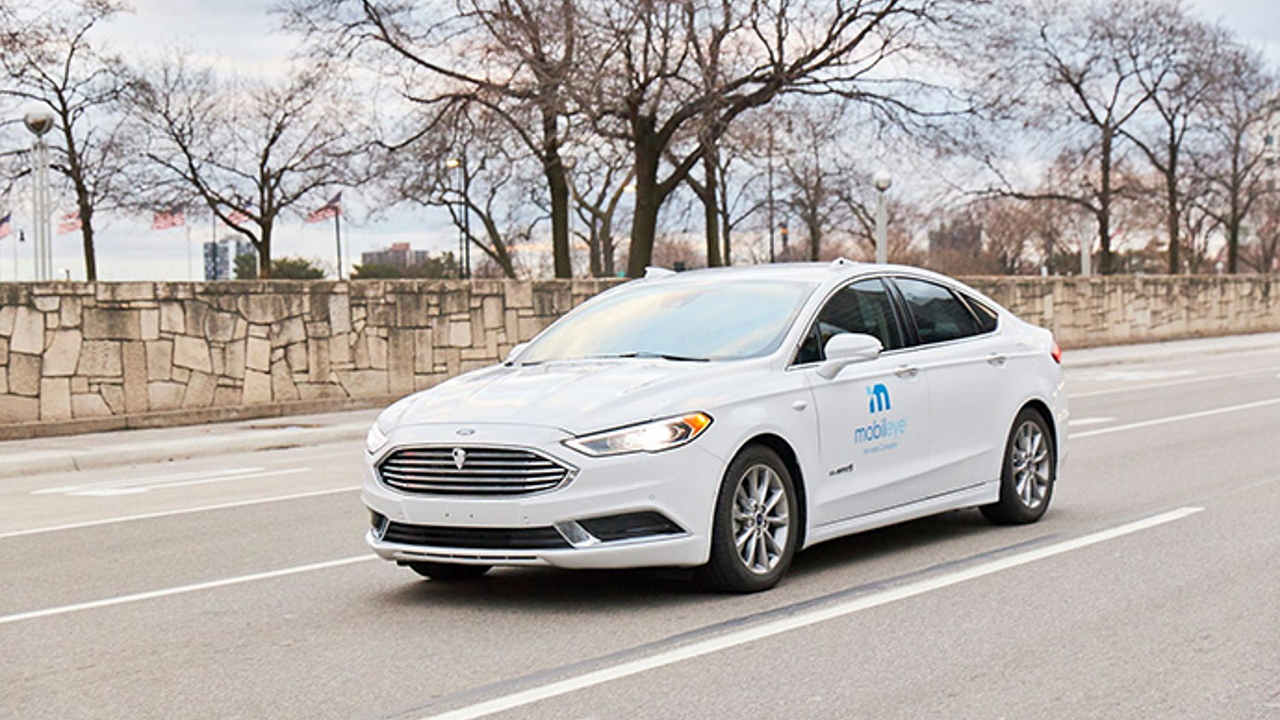Intel Mobileye: how it will make autonomous driving affordable for everyone
Source: HW Upgrade added 12th Jan 2021
Mobileye, a company of Intel, has very clear ideas on how to fulfill the promise to save lives through autonomous driving. Among the novelties automated crowdsourcing maps and a new processor for LIDAR systems
of Rosario Grasso published on 12 January 2021 , at 12: 41 in the Technology channel
Intel
Intel and Mobileye talked a lot about autonomous vehicles (AV) in their panels at CES 2021 . New technologies for the automated generation of maps and Specific SoCs for LIDAR systems of the autonomous vehicles of the future are the main topics. Over the course of two sessions, Mobileye’s President and CEO, Amnon Shashua , explained how the company prepare to compete in the AV industry and how will it deliver on its promise to save lives with artificial intelligence.
“Intel’s support and our three-step approach (Mobileye trinity) means we can grow at an unprecedented pace” , commented Shashua. “ From the very beginning, every part of our plan aims for rapid geographic and economic expansion and today’s announcement shows how our innovations enable us to implement this strategy “.
Mobileye is an Israeli company based in Jerusalem that has always specialized in Advanced driver-assistance systems (ADAS), prevention of collisions and containment of consequences. Intel’s acquisition in March 2017 for 01, $ 3 billion is the largest acquisition ever for an Israeli company.
Mobileye trinity
With Mobileye trinity , Shashua contains three concepts, concerning the mapping technology Road Experience Management (REM) , the driving policy Responsibility-Sensitive Safety (RSS) and two separate and truly redundant sensor subsystems based on advanced camera, radar and LIDAR technologies that combine to provide solutions.
Making technology economically sustainable is key to allow AVs to be usable globally. Mobileye’s solution starts with an inexpensive camera as the primary sensor, combined with a system of redundant secondary sensors.
As for the crowdsourced mapping technology is based on a technology installed on nearly one million vehicles already equipped with the advanced driving assistance functions of Mobileye. According to data provided by the company, this technology is now able to automatically map the world, with almost 8 million kilometers tracked every day and almost a billion kilometers mapped to date. The mapping process differs from other approaches in its attention to semantic details, which are fundamental to the AV’s understanding and contextualization of the environment.
In other words, Mobileye can count on a very large installed base, which allows it to collect a huge volume of data to be fed to its artificial intelligence systems.
A new radar management software will be equally important. It uses full digital signal processing, different scan modes, rich raw detection and multi-frame tracking technologies.
Autonomous driving and silicon photonics
Mobileye’s strategy for autonomous driving passes then through Intel’s expertise in processor manufacturing. Shashua specified how Intel’s experience in silicon photonics will allow for the insertion of passive and active laser elements on a silicon chip. By silicon photonics we mean a combination of two of the most important inventions of the 20th century: the silicon integrated circuit and the semiconductor laser. Enables faster data transfers over greater distances than traditional electronics, using Intel’s high-volume silicon manufacturing efficiency.
Intel, therefore, will bring its XPU strategy as a dowry , the skills and production capacities in silicon photonics to develop a system-on-chip (SoC) for LIDAR systems (i.e. the remote sensing techniques that allow to determine the distance of objects through a laser pulse) that Mobileye will use on the AVs from 2025 .
Commenting on this SoC, Shashua stated: “ This is a disruptive innovation we call the photonic integrated circuit, PIC (Photonic Integrated Circuit) . Ha 184 vertical lines that are moved by means of the optics. Having factories that are capable of producing these processors is very rare, so Intel has a significant advantage in building this type of LIDAR “. The silicon photonics factory referenced by Shashua is owned by Intel and is located in New Mexico .
